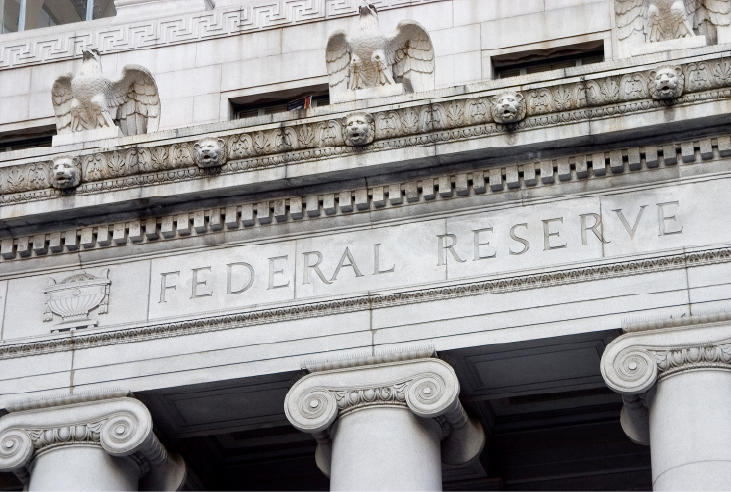
The Federal Reserve’s decision on September 18th to lower the target range for the federal funds rate by half a percentage point has been met with optimism by many in the commercial real estate industry. This rate cut, characterized as more aggressive than anticipated, is expected to provide a much-needed boost to the industry following a period of significant challenges.
Here’s a look at the potential impact of interest rate cuts on the CRE sector:
It’s important to note that while the rate cuts are viewed as a positive step, they are not a cure-all for the challenges facing the CRE industry. Delinquencies Remain a Concern. Despite the recent rate cut, CRE loan delinquencies continue to rise. The gap between the interest rates on existing loans and those on new loans remains significant, posing refinancing challenges for some borrowers. This difference in rates is unlikely to be fully bridged by a single rate cut, suggesting that some level of distress within the market will persist.
Broader economic factors, such as inflation, insurance costs, and real estate taxes, continue to exert pressure on the CRE market. These factors, combined with existing occupancy issues and cash flow concerns, can create significant challenges for property owners, particularly those with lower-quality assets or those facing upcoming debt maturities.
While the long-term effects of the rate cuts are yet to be fully realized, the overall sentiment within the CRE industry is cautiously optimistic. The rate cut is seen as a crucial first step in potentially shifting the industry toward recovery by mid-2025. Experts suggest that it may take time for the full impact of this and subsequent rate cuts to be reflected in market activity. However, it’s crucial to acknowledge the significant distress already present in the market. While the rate cuts offer some relief, a full recovery will likely necessitate a combination of factors, including sustained economic stability, ongoing adjustments to property valuations, and a willingness from both borrowers and lenders to navigate the evolving CRE landscape.